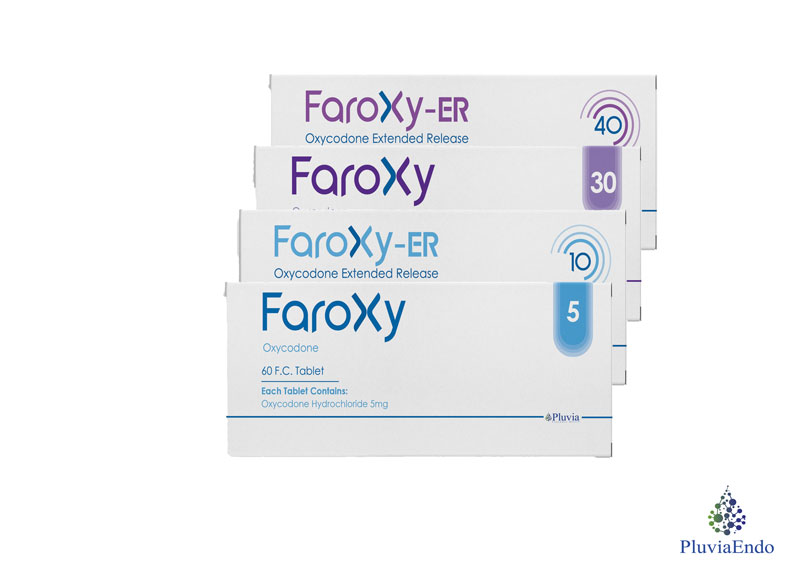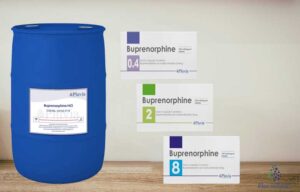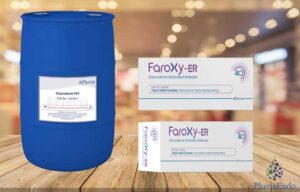Pain, a complex and subjective experience, demands a nuanced approach to treatment. Oxycodone, a potent opioid analgesic, stands as a key player in managing moderate to severe pain. However, the success of oxycodone therapy lies not just in its prescription but in the careful consideration and tailoring of oxycodone doses to individual patient needs. This article delves into the intricacies of oxycodone dosing, exploring the comparative aspects, titration strategies, and the role of rescue doses in the pursuit of optimal pain relief.
Comparative Analysis of Oxycodone Doses
The spectrum of oxycodone doses, ranging from 5 mg to 40 mg, prompts a crucial evaluation of their comparative effectiveness and safety. Lower doses, such as 5 mg and 10 mg, are often employed initially for opioid-naive patients. These doses provide a foundation for pain relief while minimizing the risk of adverse effects. On the other end, doses like 30 mg and 40 mg are reserved for cases requiring stronger analgesia, often in the context of severe and chronic pain.
Comparing these doses involves considering factors such as pain relief efficacy, side effect profiles, and the potential for opioid-related complications. Studies suggest that lower doses may offer a favorable balance between pain management and tolerability, while higher doses may be necessary for cases where escalating pain intensity requires more robust intervention.
Tailoring Oxycodone Doses Based on Pain Severity and Patient Response
The concept of one-size-fits-all does not apply in the realm of pain management. Individualization is the cornerstone of effective oxycodone therapy. Determining the appropriate dose involves a comprehensive assessment of the patient’s pain severity, medical history, and responsiveness to opioid treatment.
Patients with lower pain intensity or those who are opioid-naive may find adequate relief with lower doses such as 5 mg or 10 mg. Meanwhile, individuals experiencing more severe pain or with a history of opioid tolerance may necessitate higher initial doses. The art of individualizing treatment lies in the delicate balance of providing sufficient analgesia without exposing the patient to unnecessary risks.
Optimal Starting Doses in Oxycodone Therapy
Initiating oxycodone therapy requires a thoughtful approach to determine the optimal starting dose. The 5 mg to 20 mg range encompasses the typical starting doses for various patient scenarios. Patient history, including prior opioid exposure, pain assessment, and the presence of comorbidities, plays a pivotal role in this decision-making process.
For opioid-naive patients, starting with 5 mg or 10 mg allows for a cautious introduction to opioid therapy, minimizing the risk of adverse effects. In cases of moderate to severe pain, starting with 15 mg or 20 mg may be deemed appropriate, providing a more robust analgesic effect from the outset. The key is to initiate treatment at a dose that aligns with the patient’s pain intensity while considering the potential for dose escalation.
Adapting Oxycodone Treatment Across the Spectrum of Doses
The journey of oxycodone therapy is rarely static; it often involves a dynamic process of dose titration. Titration allows healthcare providers to adapt the treatment plan based on the patient’s evolving needs and responses. Starting at a lower dose and gradually increasing, often in increments of 5 mg to 10 mg, helps strike a balance between pain control and minimizing side effects.
Titration is particularly relevant in long-term pain management, where patients may develop tolerance or experience changes in pain intensity. The gradual adjustment of doses allows for sustained efficacy while mitigating the risk of adverse events. The flexibility in titration strategies within the 5 mg to 40 mg range underscores the adaptability of oxycodone therapy to the individual patient’s journey.
The Role of Rescue Doses Across Oxycodone Regimens
Breakthrough pain, characterized by sudden and intense pain episodes, necessitates a unique approach within the realm of oxycodone therapy. The concept of rescue doses involves the provision of additional oxycodone beyond the scheduled regimen to swiftly address these acute pain flares.
The rescue doses, typically in the range of 5 mg to 10 mg, serve as a rapid-response mechanism to manage breakthrough pain while maintaining the overall stability of the pain management plan. Understanding the circumstances under which rescue doses are appropriate and educating patients on their use empowers individuals to actively participate in managing their pain.
Comparative Doses: 10mg vs. 20mg
A detailed comparison between oxycodone doses of 10 mg and 20 mg sheds light on the nuanced decisions healthcare providers face in tailoring therapy. The 10 mg dose often serves as an entry point for opioid-naive individuals or those with milder pain. Its efficacy in providing analgesia while minimizing side effects makes it a valuable starting point.
In contrast, the 20 mg dose is reserved for cases where a more potent analgesic effect is required. Comparative analyses have explored the balance between efficacy and tolerability, indicating that the 20 mg dose may offer superior pain relief for those with moderate to severe pain, albeit with a potentially higher risk of side effects.
Adapting Oxycodone Doses for Younger Patients
Extending the principles of individualization to pediatric patients introduces a unique set of considerations. Children may require lower starting doses, often in the range of 5 mg to 10 mg, adjusted based on factors such as age, weight, and the nature of the pain condition. Pediatric pain management emphasizes careful titration, monitoring for side effects, and engaging with parents or caregivers to ensure optimal outcomes.
Long-Term Oxycodone Therapy
For individuals requiring long-term oxycodone therapy, the challenges shift towards maintaining efficacy while managing tolerance. Doses of 30 mg and 40 mg may be employed to address escalating pain or opioid tolerance. However, the delicate balance involves monitoring for signs of tolerance, adjusting doses as needed, and considering alternative strategies such as combination therapies or non-opioid interventions to enhance overall pain management.
In conclusion, optimizing oxycodone therapy revolves around the thoughtful consideration of doses across the spectrum of 5 mg to 40 mg. From initiation to long-term management, each dose represents a tool in the arsenal of pain relief. The journey is dynamic, requiring continuous assessment, individualization, and a partnership between healthcare providers and patients. By navigating the intricacies of oxycodone dosing, we can strive for a delicate equilibrium—providing effective pain management while safeguarding against the potential risks associated with opioid therapy. Always consult with healthcare professionals for personalized advice and guidance regarding the use of oxycodone or any other medication, as individual circumstances may vary.









